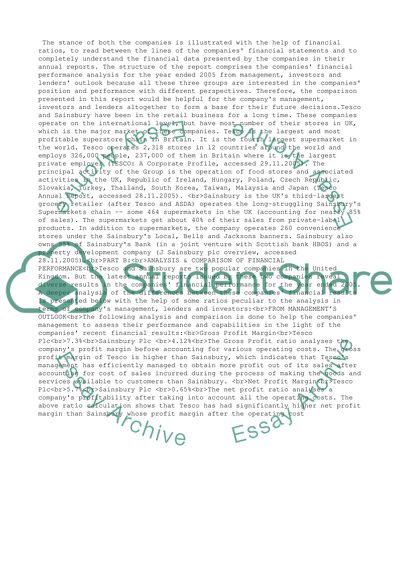Cite this document
(“Limited Companies (Tesco and Sainsbury) Case Study”, n.d.)
Limited Companies (Tesco and Sainsbury) Case Study. Retrieved from https://studentshare.org/business/1502744-accounting-for-limited-companies
Limited Companies (Tesco and Sainsbury) Case Study. Retrieved from https://studentshare.org/business/1502744-accounting-for-limited-companies
(Limited Companies (Tesco and Sainsbury) Case Study)
Limited Companies (Tesco and Sainsbury) Case Study. https://studentshare.org/business/1502744-accounting-for-limited-companies.
Limited Companies (Tesco and Sainsbury) Case Study. https://studentshare.org/business/1502744-accounting-for-limited-companies.
“Limited Companies (Tesco and Sainsbury) Case Study”, n.d. https://studentshare.org/business/1502744-accounting-for-limited-companies.


